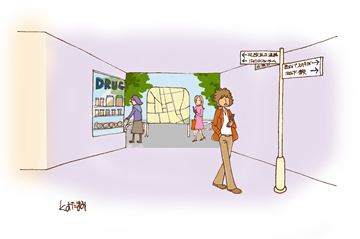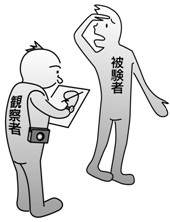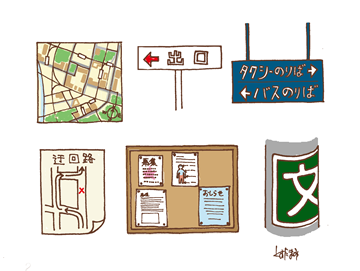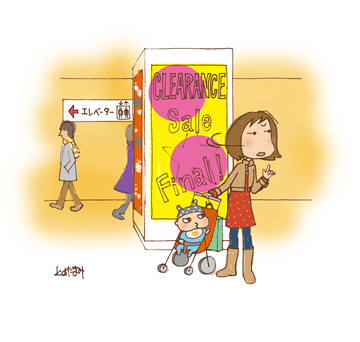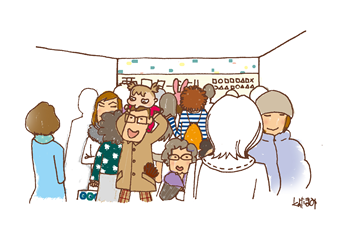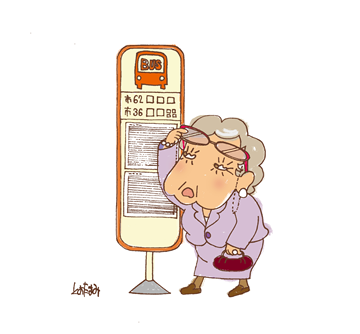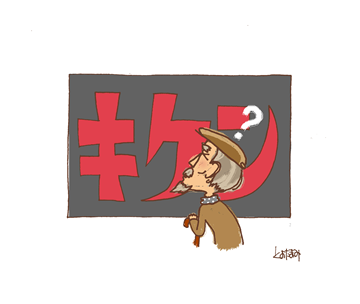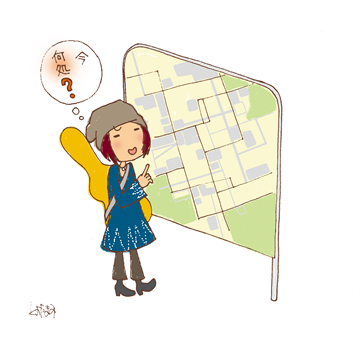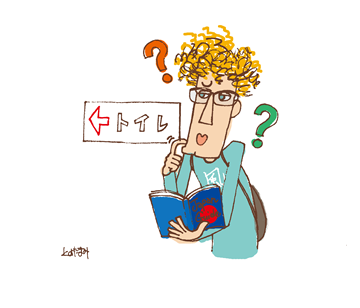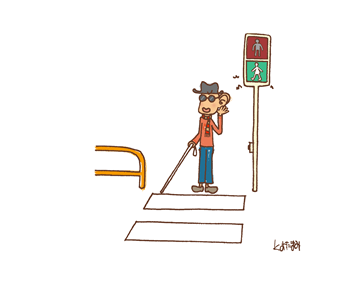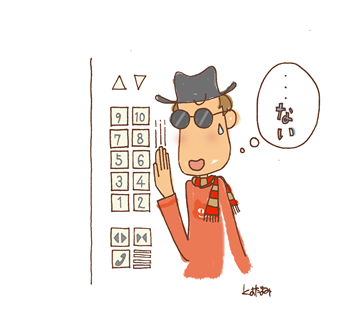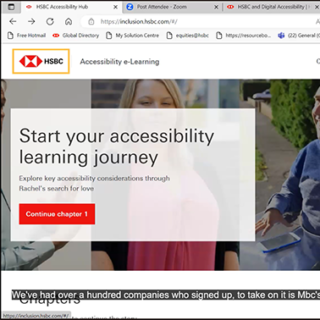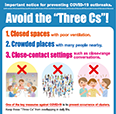Points to note when conducting the survey
- Please decide on the survey scenarios prior to conducting the survey.
The document you download consists of two sheets, the Basic Survey Sheet without the entry of location and guide information, and the Survey Between Bus Stations Sheet” which includes on example of locations and guide information.
After deciding on the location and guide information, fill in the information appropriately in either sheet.
- We recommend conducting the survey in pairs, with one subject and observer.
- Please respect the subjective evaluations made by the survey subjects.
Rationale of the evaluation items

- Whether or not information is available
- Methods of providing information
- Ease in locating
- Ease of understanding the information
- Supplementary information
- Other (Subject comments)
1. Whether or not information is available
This is to determine whether information that can be recognized as information (directional signs and maps) to destinations is available.
Points to check
- Evaluate guide information according to the survey route based on movement assumed to be within the scope of normal course of activities.
- Travelers and commuters do not have to go out of their way to look for information
2. Methods of providing information
This is to check the ways in which information is provided to commuters and travelers.
Points to check
- Maps: maps of organizations and towns
- Wall-mounted: information mounted on pillars or walls
- Hanging: information suspended from ceilings
- Freestanding: Three-dimensional information such as guide boards for destinations at bus stops, etc.
- Bulletin boards: notice boards for posting printed information, etc.
- Posters: posters used for simple and easy display
- Other: any other guide information not included in the above
3. Ease in locating
This is to determine whether the information media themselves such as maps, direction signs, and information display fixtures are easy to spot.
3-1. Location of placement
Points to check
- Does the location of the information take into account the users’ path of movement and behavior.
- Does the location take into account the features of the surrounding environment?
For example: Is it in the shadow of a pillar or lost among other types of information or objects?
3-2. Display height
Points to check
- Is the information at a height that is easy to view?
- Is the information at a height that it will not be covered (by others passing by)?
3-3. General assessment
Points to check
Conduct an assessment at 3 stages to determine whether the contents themselves are easy to discern from the place where they are located and their height?
4. Ease of understanding the information
This is to determine whether information details are easy to understand.
4-1. Font size
Points to check
- Is it possible to tell what kind of information it is from a distance?
- Is a bold font (gothic font) that can be seen from a distance used?
- Is important information displayed in large, bold font?
4-2. Use of color
Points to check
- Is there a clear contrast between the colors of the diagrams (letters, signs) and the base color (the background of the diagram).
- Is the information relying not only on the colors but also the fonts?
For details on diagrams and base color schemes that are easy to differentiate as well as color schemes that are easier to view for the aged and people with difficulties in color differentiation, see pages: 44, 48-49, 59-63, 68-69 in the Guidelines for the Development of Barrier-free Infrastructure (Tourism) by the Ministry of Land, Infrastructure, Transport and Tourism (PDF version: 151 pages 2.4MB).
4-3. Searchability
Points to check
- Can the information you are searching for (current location, major facilities) be easily found?
- Is there a guide or map offering various easy ways to access information?
- Are there two many words or is the volume of information excessive? Is the necessary information given?
4-4. General evaluation
Points to check
Conduct an evaluation on three levels: ease of understanding the details of information provided based on font size, color scheme, and searchability.
5. Supplementary information
Does the information provide for people with various conditions?
5-1. Foreign languages
Points to check
- Is essential guide information such as entrances and exits, ticket gates, destinations, and tourist facilities also provided in foreign languages?
5-2. Audio information
Points to check
- Is essential information at ticket gates, escalators and restrooms provided as voice information?
5-3. Braille information
6. Other (Subject comments)
Points about entries
Please make entries of anything you notice regarding statements made by the subject or observations regarding the conduct of the subject in the course of the interview.
Example: aspects noticed by the subject or dissatisfaction of the subject, reasons not included in the check options of the interview items.
Reference:
Cooperation:
Inquiries:
If you have any questions or opinions regarding the Mobile Information UD Survey, please complete and forward the inquiry form.
